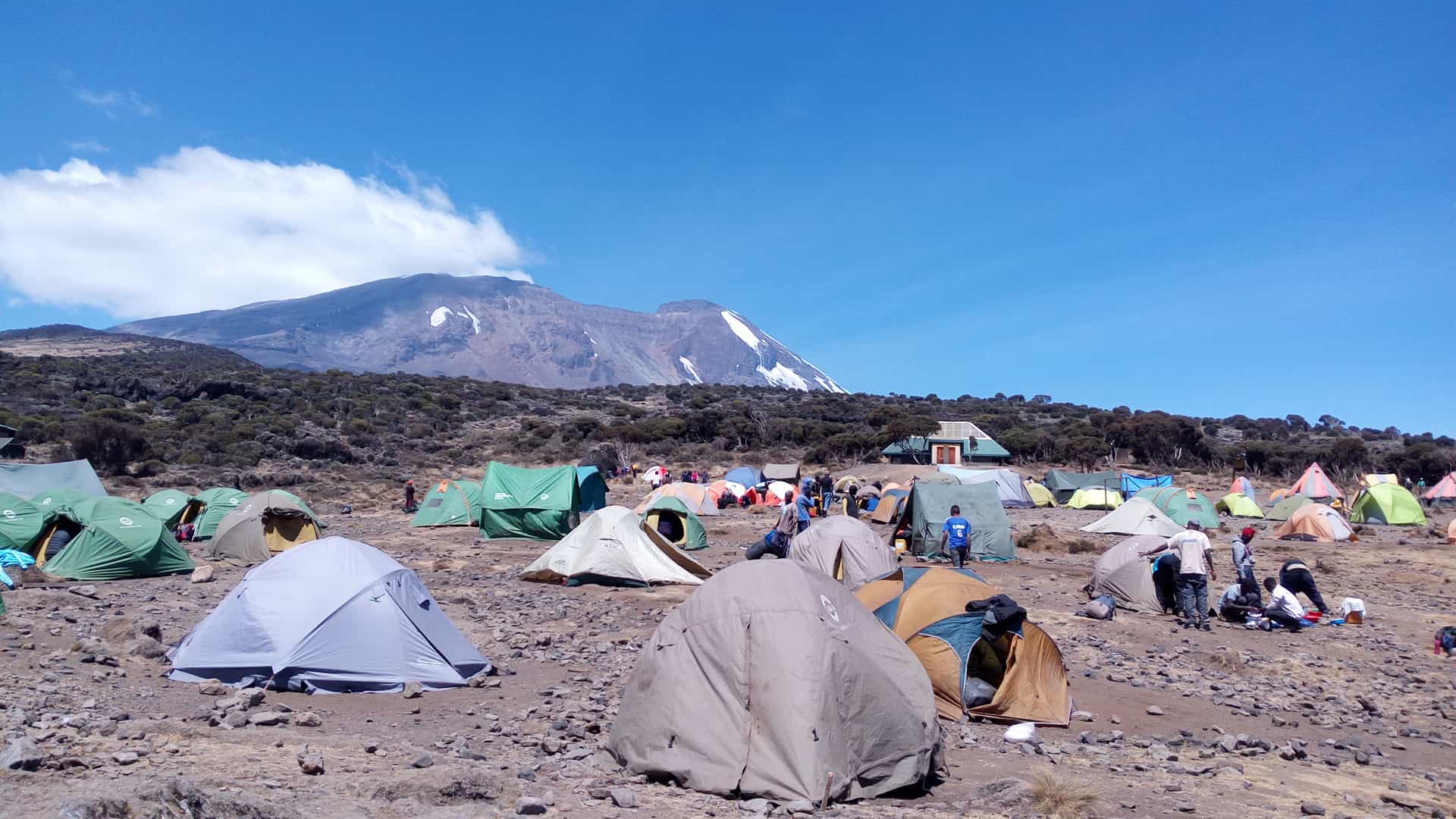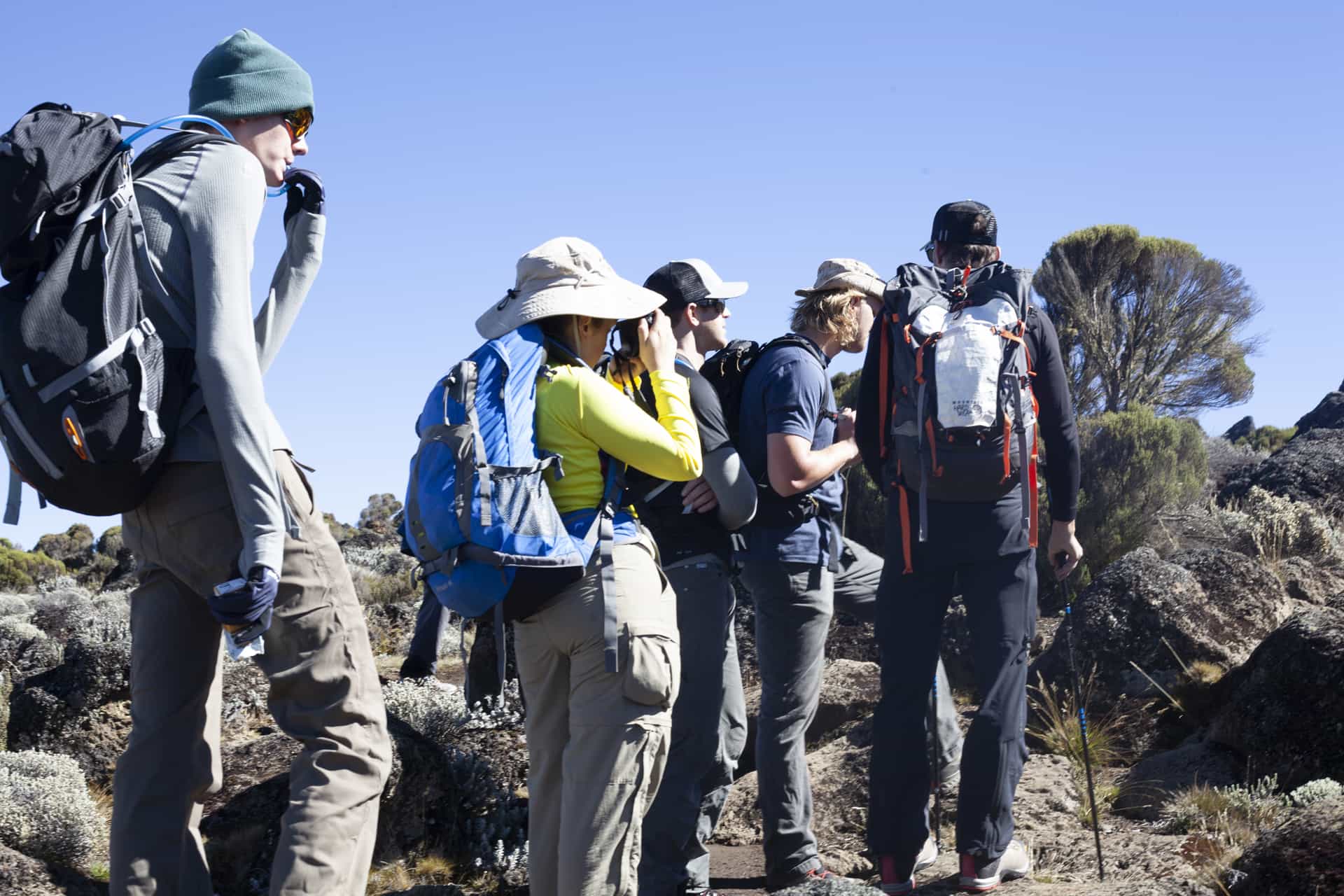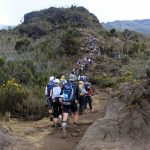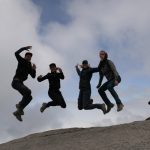Where do you sleep on Kilimanjaro?
When planning for best Kilimanjaro hiking Adventure, it is natural to ask where do you sleep on Kilimanjaro!
Unless you’re hiking the Marangu Route which has huts to accommodate climbers, you’ll be sleeping in a tent. Everyone hiking one of the other seven Kilimanjaro routes must camp. Camping on the mountain is part of the adventure, and after a long day on the trail, your tent will become your own private sanctuary to rest and recover.
Tents & Mattresses on Kilimanjaro
On all our climbs, we use Mountain Hardwear rugged 4 season tents, designed specifically for mountain conditions. Built to accommodate three people, we only ever have two people in a tent, leaving enough room for your duffel bag containing all your gear. A vestibule at the front provides a sheltered spot for you to stow muddy boots and gaiters.
These tents are manufactured to withstand high winds, heavy rain and snow cover, making them ideal for the environment on Kilimanjaro.
When you arrive at camp, your tent will be already set up for you by our team, and your gear safely inside. The campsites are flat, not subject to any water accumulation, and our team will make sure there are no stray rocks underneath.
You’ll be provided with a rugged foam mattress, though if you have a particular sleeping mat you prefer, you are welcome to bring it with you.
Sleeping Bags on Kilimanjaro
You’ll need to bring your own sleeping bag or rent one through us. If you are bringing your own, make sure it’s rated down to -18 Celsius (0 F). You need an ‘expedition’ sleeping bag, not one you’d use for kid’s sleepovers or car camping in the summer.
Rent or Buy?
A good quality winter sleeping bag is quite a substantial investment, and if you’re not traveling regularly to high-altitude or very cold climates it can seem like a lot of money to spend for one trip. Check out our Kilimanjaro rental gear. Pricing
We can arrange for you to rent a sleeping bag suitable for the mountain conditions. Unlike some operators, we have our sleeping bags professionally cleaned after each climb, and replace them frequently.
Regardless of whether you rent or buy, we recommend bringing a good quality sleeping bag liner, preferably fleece. This keeps the sleeping bag clean as oils from your body and dust can damage the lining, and compromise insulation. It also adds much-needed warmth as you climb higher. The Sea to Summit Reactor Fleece is a good option.Make sure your sleeping bag is rated to -18C, 0F as a minimum. A 3-season sleeping bag won’t be warm enough, make sure you’ve got a 4-season bag, which can be either down or synthetic filled, as you prefer.
Top Tips for a Warm & Comfortable Night in Your Tent
Between us, we’ve spent hundreds of hours asleep on Kilimanjaro and here are our top tips to keep comfortable:
Sleep System
As soon as you arrive at camp, get your sleeping bag out of its compression sack and lay it out on your sleeping mat. This allows the insulation or “loft” to fluff up, as it’s the air between the synthetic fibers or down feathers that traps warmth.
Keep your sleeping bag away from the sides of the tent, as condensation may build up, and cause dampness, compromising the insulation.
Use a fleece sleeping bag liner for added warmth.
Sleeping Clothes
Have a set of clothes that you use for sleeping. A warm base layer (top and bottom) and a clean pair of socks can make all the difference to your comfort. At the higher camps you’ll most likely be wearing more than one layer. Sleep in a warm hat, as much of your body heat is lost through your head.
Other ways to stay warm and comfortable on Kilimanjaro
- Do not wear wet clothes in your sleeping bag. Anything that causes damp and moisture will compromise the insulation properties of your sleeping bag
- Before retiring to your tent, fill your water bottle with hot water, (make sure the lid is well-secured) and use it in your sleeping bag as a foot warmer or body warmer
- Make sure you’ve eaten enough. Appetites can decrease at altitude, but your body needs the calories to generate heat as well as recover from the day’s exertions.
- Put the clothes you’re wearing the next day in your sleeping bag, this’ll keep them warm for when you dress in the frosty morning air.
- If you’re a light sleeper, bring ear plugs. The wind can be noisy, especially at Barafu camp, and noise from other climbers (or your tent mate’s snoring) can keep you awake.
- Visit the toilet before bedtime. There’s nothing worse than waking up all warm and cosy in your sleeping bag needing a call of nature in the middle of the night!
- If you know you have problems sleeping, work on fixing these at home, don’t wait until you’re on the side of the mountain! Avoid sleeping pills as they can have a bad effect on your ability to acclimatize.
Camping is all part of the mountain experience, and there’s no reason for it to be uncomfortable. If you absolutely hate the idea of sleeping in a tent, the Marangu route provides dorm-style accommodation in huts.





